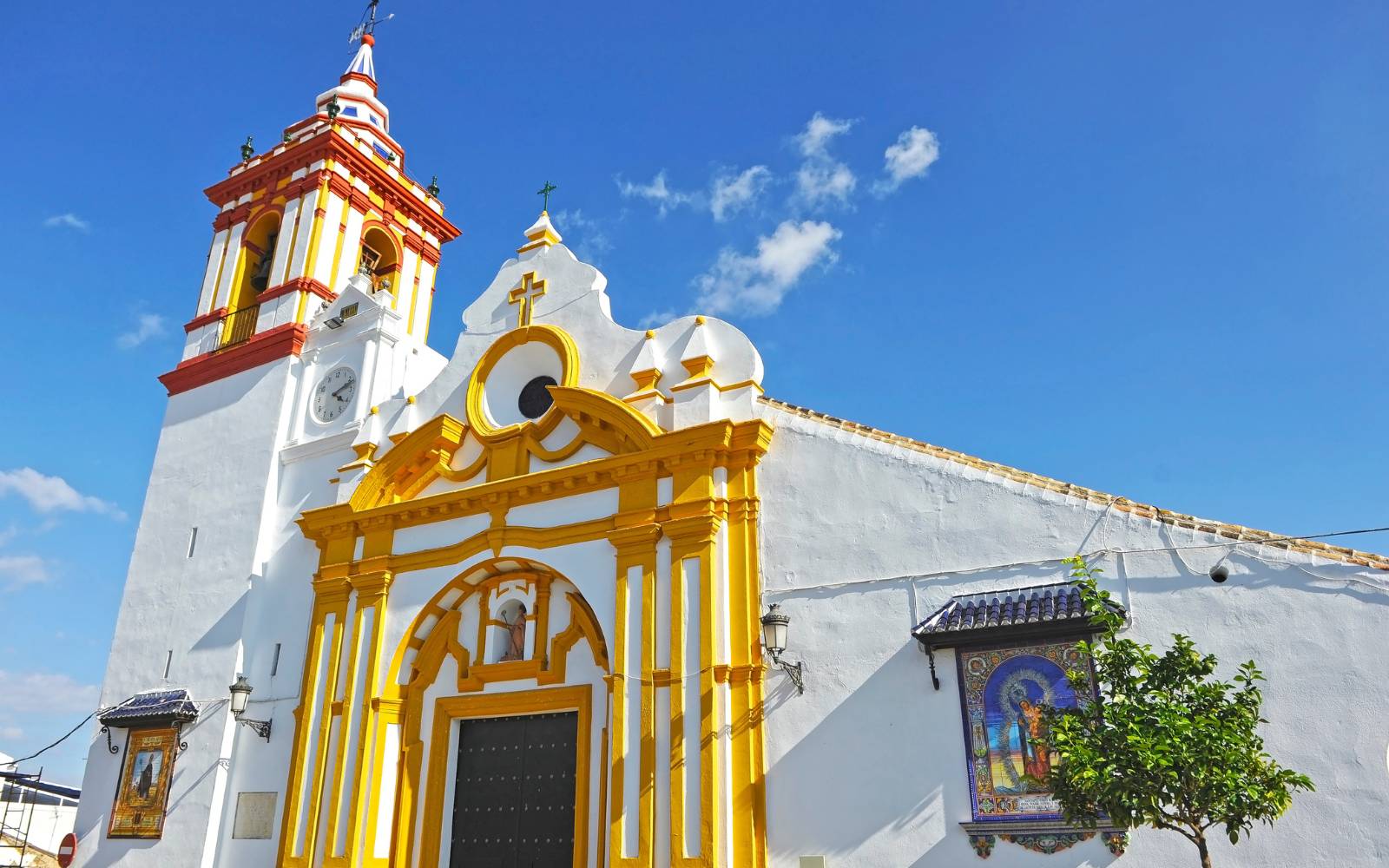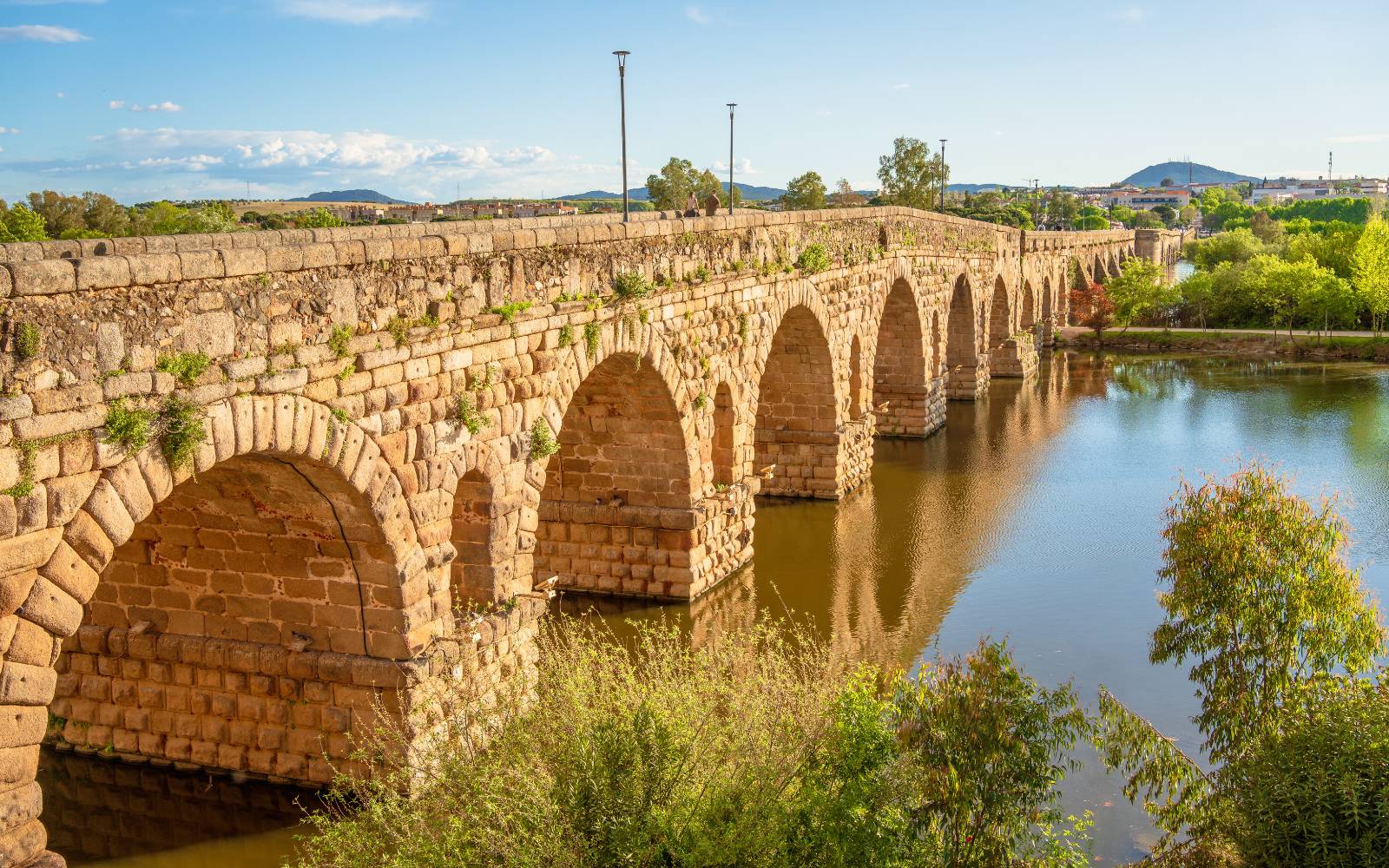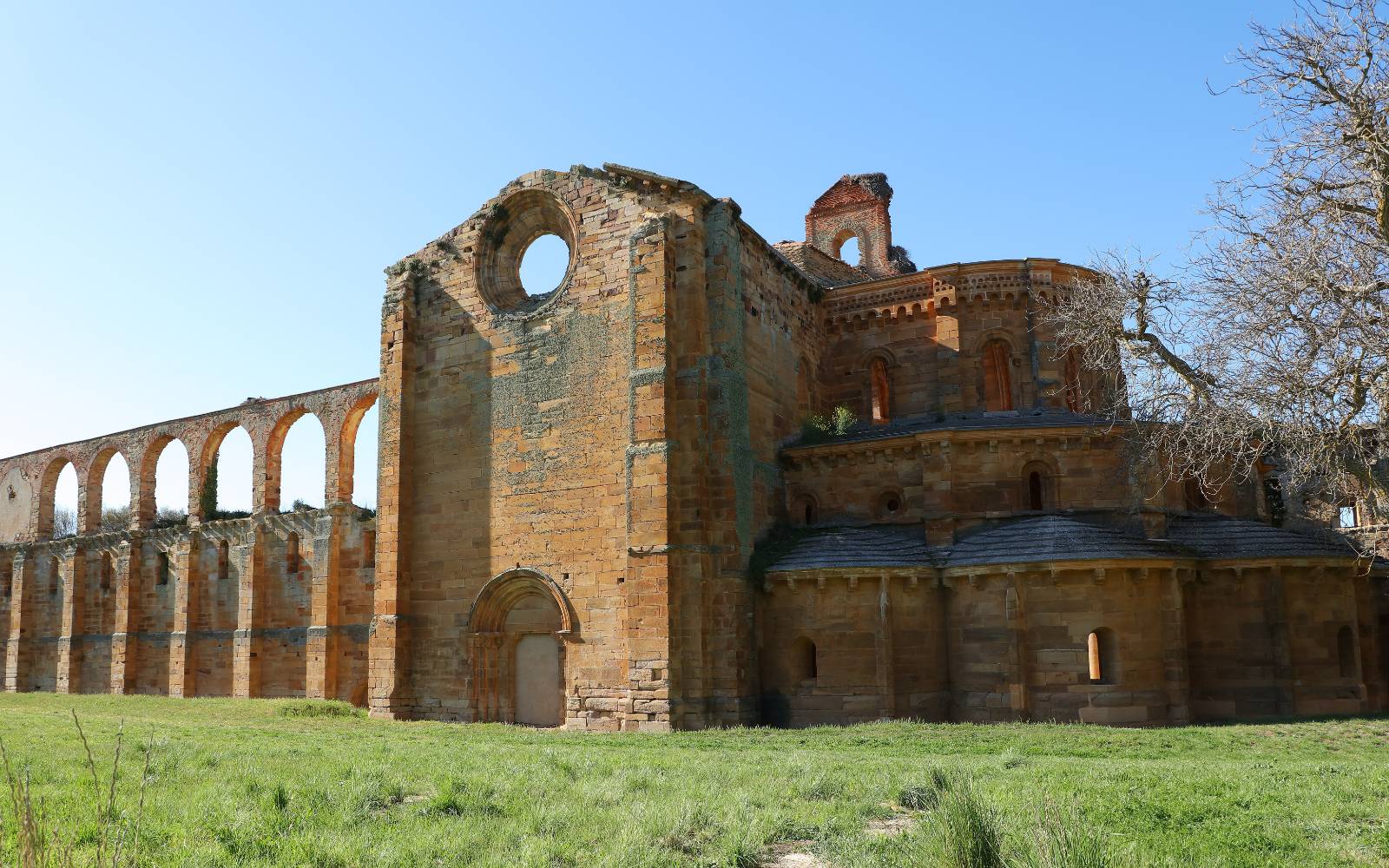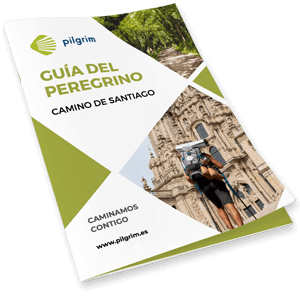Alija del Infantado
‹ Back to the stage
Alija del Infantado
- Residents: 715 aprox.
- Province: León
Information
Get to know Alija del Infantado
This small village has been a refuge for pilgrims since ancient times, since the house-hospital of the brotherhood of San Mamés served the pilgrims on their way to Santiago.
All those who decide to finish their stage in Alija del Infantado will have all the services they need.
Location
How to get there
The main way to get to this small town is by road, it is located next to the regional road LE-114, which connects Benavente with La Bañeza.
The main way to get to this small town is by road, it is located next to the regional road LE-114, which connects Benavente with La Bañeza.
If you want to arrive by public transport the best way is to get to Benavente and from there take a bus to get to Alija del Infantado.
If you want to arrive by public transport the best way is to get to Benavente and from there take a bus to get to Alija del Infantado.
History / Culture
What to see
Puente de la Vizana
This magnificent construction dates back to the time of the Roman Empire and serves as a link between the two banks of the Órbigo River. It thus communicates Maire de Castroponce, in Zamora, with Alija del Infantado, already belonging to the province of León.

La Cruz del Peregrino
The Pilgrim’s Cross is a monument commemorating the four pilgrim hospitals that existed in the town of Alija del Infantado. The House-hospital of the brotherhood of San Mamés was the one that was responsible for giving worship and care, both to those pilgrims who walked along the Vía de la Plata and to the neighbors of the area.
<p
Iglesia de San Verísimo
The magnificent temple of San Verísimo dates back to the thirteenth century, so it was mostly built following the Romanesque canons. It stands out from its construction the fact of being held by solid buttresses on the sides and its main nave, which retains its original style. This has a beautiful barrel vault supported by beautiful pillars. Of the abovementioned buttresses, the one facing the main square stands out for being formed by a curious embedded Roman capital, dating from the third century.

Iglesia de San Esteban
This incredible temple built throughout the thirteenth and sixteenth centuries was once a Templar convent. The temple, declared an Asset of Cultural Interest, is a building built with irregular stone ashlars, forming strong walls and flying buttresses. Undoubtedly, the church stands out for its magnificent coffered ceiling, of great elegance and large proportions on the outside.

Fuentes Minero-Medicinales
The municipality of Alija del Infantado has numerous ethnographic resources of great value. Among them are some magnificent mineral-medicinal springs, traditionally used by the locals since it has great healing qualities. Among them are the well-known fountains of Mendaña and Cerral, the fountain of La Pajarina and the fountain of San Ignacio (also known as El Caño). The latter is located in the upper part of the village, in an environment full of nature and very close to the pine forest. Its waters have the perfect characteristics to treat many skin diseases such as dermatitis or rheumatism.

Castillo Palacio
The Castle-Palace, dating from the second half of the fifteenth century and early sixteenth century, belonged to the family of Infantado. The structure of this wonderful square building is enclosed by two cubic areas belonging to the robust wall, plus two small towers. The interior of the enclosure houses the Palace of the Ponce, from the thirteenth century.

Information of interest
Local police
987 656 551
Civil guard
987 667 202
Fire department
112
Civil protection
112
Town hall
987 667 201
Health center
987 667 466

We send you your itinerary
Enter your details and receive your travel itinerary by email
Recommended
Gastronomy
Recommended
Festivals and Pilgrimages
Local festivity
El segundo fin de semana de julio: Fiesta Sacramental
Local festivity
Primer fin de semana de mayo: Las fiestas del Cristo
Local festivity
15 de agosto: La romería de la Vizana
Local festivity
Carnavales: Diversas actividades en el Antruejo
The Silver Route
On foot
38 stages








































